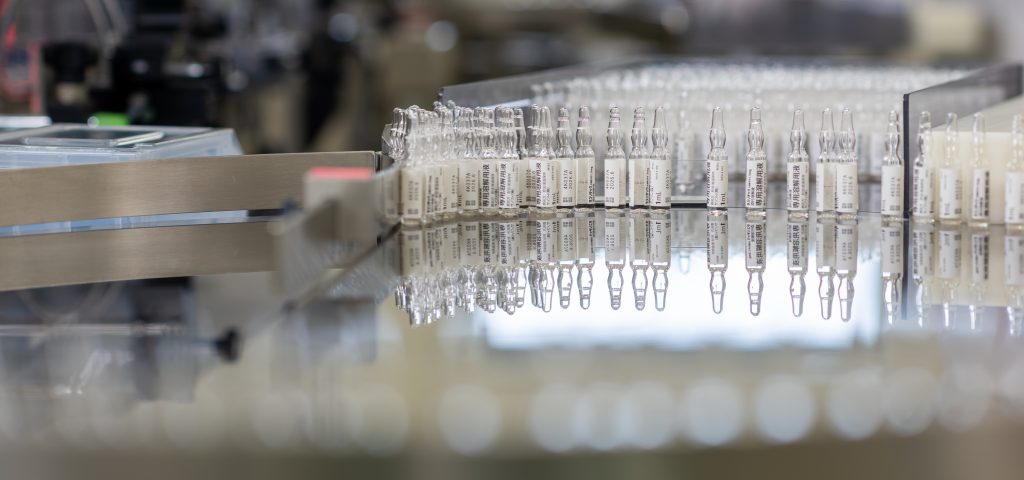Quality really matters for us at Adragos. Here at the Japanese production facility in Kawagoe, about an hour outside Tokyo, we also have to meet the requirements of the Japanese market, which are a little different from those in Europe and the US. We are, of course, very well versed in what the Japanese regulators demand. Most of what we produce is currently sold in Japan, but we are well placed to manufacture medicines for other jurisdictions, too.
The Kawagoe site has an automatic ampoule filling line with terminal sterilisation that can fill ampoules with volumes from 2 to 10ml, in batch sizes up to 900 litres, at a rate of up to 400 ampoules a minute. We have also recently started to produce tablets again after reactivating our mothballed tableting line, carrying out both granulation and compaction. This can make more than 160 million uncoated or film coated tablets a month.
The quality system in Japan is a little different from the rest of the world. In Europe and the US, there is a Qualified Person who has overall responsibility, but there is no such thing in the Japanese Good Quality Practice system, or GQP. Another difference from Europe and the US is that the group responsible for final quality is also ultimately responsible for the quality all operations before it.
In practical terms, the biggest difference in requirements for the Japanese market is that the authorities demand human visual inspection. Elsewhere, automated systems typically carry out this process to ensure that the finished products look correct. But in Japan, all foreign objects that are visible to the human eye must be eliminated, and checked by human operators.
What is good enough for Europe or the US may not suffice for the Japanese market where even the tiniest, most insignificant visual defect is not acceptable. The standards for particles within the vials, for example, are more stringent in Japan, and while the product may pass elsewhere, this is not the case in Japan. This even extends to the outer carton – if this isn’t quite glued straight, for example, or has any stray tiny marks on it, this raises a red flag in Japan as it may indicate a lack of care elsewhere in the manufacturing process. It has to look perfect. The perception is that if a company is able to pay attention to such tiny details, it gives wider trust in their capabilities.
If products are imported from other jurisdictions, they will still need to undergo a full visual inspection if they are to be deemed compliant, and we also carry out visual inspection and packaging on imported vials and pre-filled syringes. One small, insignificant visual defect in a single product that reaches patients or pharmacies could lead to the entire batch having to be recalled. The operators carrying out the visual inspections on the vials are highly skilled, and can pick up even the tiniest flaws – they can spot defects as small as 50µm.
The Kawagoe site became part of the Adragos network when it was acquired from Sanofi in early 2023. As we were previously a small part of a big pharma company, we are new to the CDMO world. The interactions we have had with our colleagues at the four Adragos sites in Europe has proved incredibly useful as we start to work for new customers, and under new quality management regimes. Being able to share real-world experience with them is invaluable.

